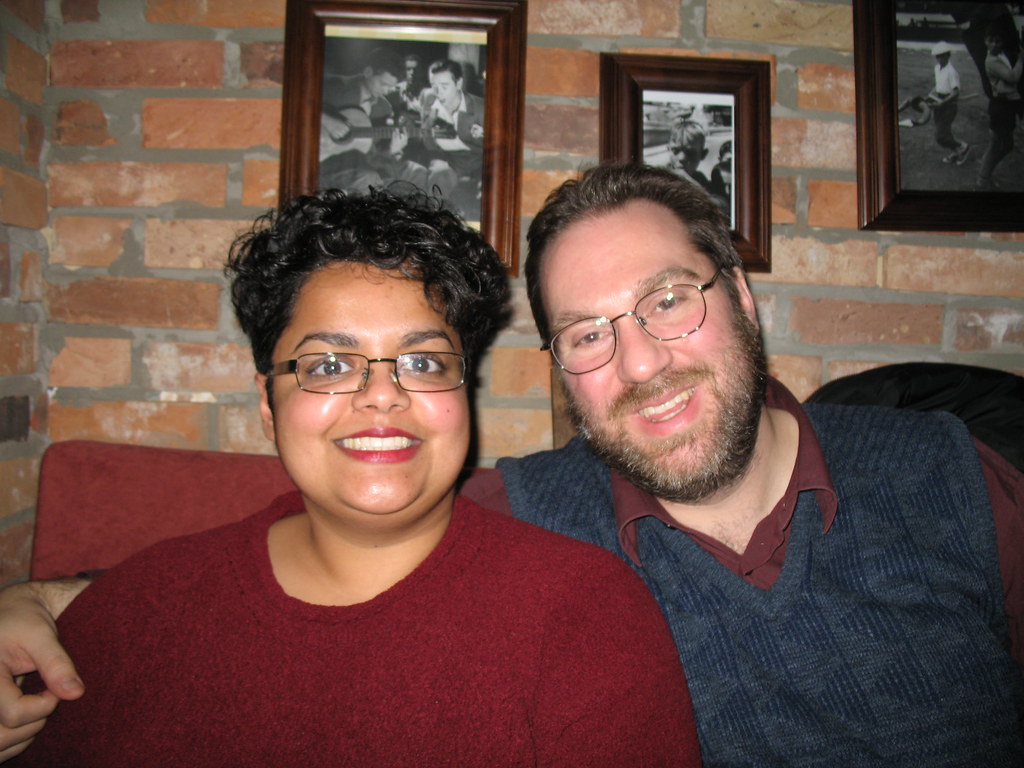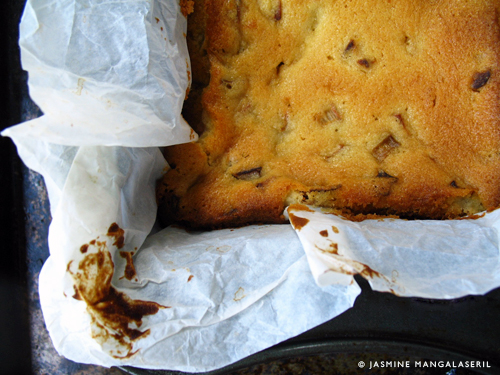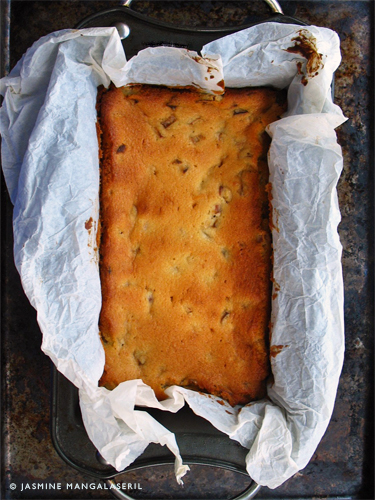Thanks to the lovely people at Canongate Books who supplied
me with a copy of this book.
By Mina Holland
Canongate Books Ltd.
368 pages; £9.99
Mina Holland, editor of The Guardian’s Cook supplement and
the newspaper’s food and drink writer, guides readers through 39[1] “key cuisines”
in 29 countries and regions in her book, The
Edible Atlas. Some countries such as France and Italy receive multiple spotlights
while some regions such as the Levant and Scandinavia are lumped together as
one cuisine. Store cupboard lists and recipes follow each culinary
discussion.
Wisely, Holland does not presume to provide readers in-depth
and definitive treatments of each food culture.
Instead, each entry is meant to springboard the reader into the various
cuisines, or to be a “go-to guide for anyone with a fledgling curiosity about
the building blocks that make up some of the world’s key cuisines.”
I must start this review by admitting to an error, which may
or may not nullify this review: If it’s
possible to read a book incorrectly, I have done so with The Edible Atlas.
I tackled it as I do all books: I read it cover-to-cover.
About one-quarter through I realised my folly.
Given the breadth of subject matter, I should have thought of these as a
collection of short stories or essays, tethered by foodways and often--but not always--by personal travel. I should have approached it as dim sum – grazing over perfunctory mouthfuls, each with different flavours and cookery techniques, as opposed to gobbling through a multi-course
dinner, where each bowl and plate work harmoniously together.
But gobble I did.
And in said gobbling, I found myself of two minds about this
book.
On one hand, Holland’s understanding of food as living and
adaptive permeates the pages and invited me to note choice lines. While she states it’s impossible to recreate exactly
a dish “since food is subject to the quality and provenance of ingredients, the
preferences of its creator on a given day, the water, heat and equipment
available,” she invites interested readers to try to capture the flavours and
histories of various food traditions. One
of my favourite lines, declaring cuisine “the edible lovechild of both
geography and history,” is revisited over and over through high-level overviews
of these intersections: Catalan separatism and its influence on art,
architecture and food; the impact of China’s occupation of Vietnam on the
people, and the role of small-scale agriculture in Ethiopia.
I like Holland’s use of well-selected literary quotations to
introduce each essay. Every region is
captured in a few lines and cosy the reader into a new culture: Like Water For Chocolate introduces
Mexico; The God of Small Things begins
South India; The Hàvamål greets
Scandinavia. Cute little maps, evocative of 1920s travel posters, also accompany
each quotation.
On the other hand, Holland’s leap from short form (much of
what I’ve seen in her newspaper writing) to long form, is less-than-graceful at
times, and makes the individual essays feel less secure than they should. In distilling
interesting, factual and personal information into difficult-to-write hearty but
snackable lengths, her voice vacillates from objective journalist report to schoolgirl’s
vacation blog. At times I feel her words
want to be written by Elizabeth David, Nigella Lawson or Tessa Kiros, but they
fall short. I only notice this when Holland’s
words strain to be breezily knowledgeable, but instead are aped authoritative
bluster, of the ilk found in college essays. Occasionally the author reminds us
she’s young and hip—getting jiggy with ingredients means you’re still young and
hip in 2015, right?
Infographics about specific topics, such as fried foods, the
spice route, and grape varietals are interspersed in the text. Many are interesting, but one in particular
caused knitted eyebrows and quizzical looks amongst my (Canadian) friends: while
the “melting pot” of the Americas mashes together a wide range of colonial and immigration
movements, the North American map doesn’t seem to accurately reflect the
Canadian tossed salad’s colonial or immigration experiences. To someone unaware
of the impact of the Seven Years’ War on the New World, it’s as if the Treaty
of Paris (1763) never happened. But then again, Canada, appearing to not be a
pet set of cuisines[2], is omitted, so this oversight isn’t crucial as her focus is what’s
below the 49th parallel.
Each section’s store cupboard lists are good ways to broaden
a kitchen’s scope. In my battle against time, I haven’t tried any of the book’s
recipes, so I cannot pass on my experiences. A warning to readers who want "authentic" recipes: some are of questionable provenance and are the
author’s or her family’s interpretation of a particular dish. Then again, attaining authenticity in a
cuisine where most ingredients are imported or may simply be unavailable is a
tall order, and adaptations are reasonably expected.
When I read this book, I kept asking myself, “for whom is
this written?” To be truthful, my first
response was a certain subset of boorish foodies who would use this book as a
sort of dinner party Coles Notes or to otherwise impress someone on a first date[3] (heaven help the rest of us).
But really, it’s those who are at the beginnings of expanding
their food experience who should take a look at this book. Holland’s ability to
tie together socio-political events combined with issues of terroir provide a
good introduction to the development of food cultures. This, combined with what appear to be easily
accessible recipes should help those wanting to broaden their palates. Just don't read it cover-to-cover.
[1] The American text is different from the original UK text in
the usual ways (assuming), and has been altered to include a new chapter on UK
cuisine.
[2] As former Prime Minister, the Right Honourable Joe Clark said, Canadian cuisine is a cuisine of cuisines.
[3]And before you ask, I’ve had experience with wannabe
suitors doing this sort of thing, in hopes I’ll be impressed with their
knowledge of any particular subject. Yup. Still single.
cheers!
jasmine
I'm a quill for hire!




